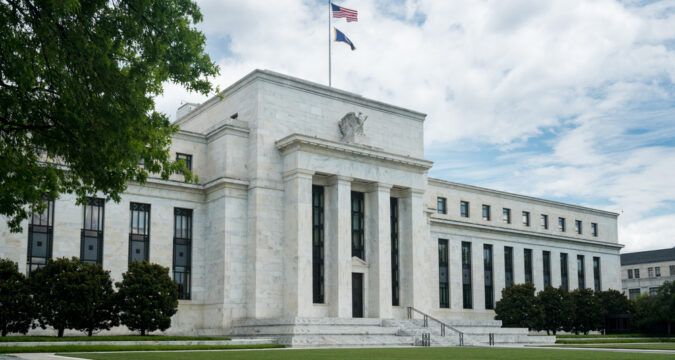
It is likely that the US Federal Reserve would have to lift its benchmark policy rate above 5% and then keep it there for stamping out too-high inflation in the economy.
This is due to the fact that even after delivering the most aggressive interest rate increases in over 4 decades in the last year alone, the labor market continues to remain strong.
The data impact
On Friday, this is precisely what the financial markets were betting on after data from the US Labor Department showed more than half a million jobs added by employers in the previous month.
This was significantly higher than expected and there was also a drop in the unemployment rate to its lowest in about 50 years 3.4%.
Mary Daly, the President of the San Francisco Fed, was also of the same opinion. Fed policymakers had said in December that they expected to boost interest rates to 5.1% this year for cooling inflation.
Daly asserted that their December projector appears to be a ‘good indicator’ of where they are headed in terms of the policy.
However, she added that they were also prepared to do more in case that is what is required.
The turnaround
This view is not a new one for Fed policymakers, including Daly and Jerome Powell, the chairman of the Fed, particularly in light of the job gains seen in January.
But, it is a big turnaround for the markets. In the previous week, the Fed delivered an interest rate hike of 25 basis points, which saw the benchmark rate reach 4.5% to 4.75%.
After the decision, Powell spoke at a news conference that they would deliver more hikes because the labor market continues to be tight.
Therefore, he said that they would need to tighten monetary policy until the job market is more balanced and too-high inflation can come down.
Since there was already a deflationary trend, interest-rate futures traders were skeptical about the Fed needing more hikes after delivering another one in March.
However, things have changed now after Friday’s report on job gains because it shows that another increase might be required in May.
Future expectations
This would mean that the benchmark interest rate would climb to the 5% to 5.25% range. Expectations of rate cuts from the Fed had also been priced in from September.
But, traders pushed them out after the jobs report and believe they will start in November. Powell has stated that they do not believe inflation would come down quickly enough for them to start cutting rates this year.
The Labor Department report on Friday did show average hourly earnings recorded slower growth to a pace of 4.4% in January, while they had stood at 4.8% in December.
While any indications of easing wage pressures are good for the Fed, the average hourly wages still have a strong pace of growth, so inflation is likely to remain high.
On Friday, Daly said that it will be inflation that will drive the future decisions of the Federal Reserve.


